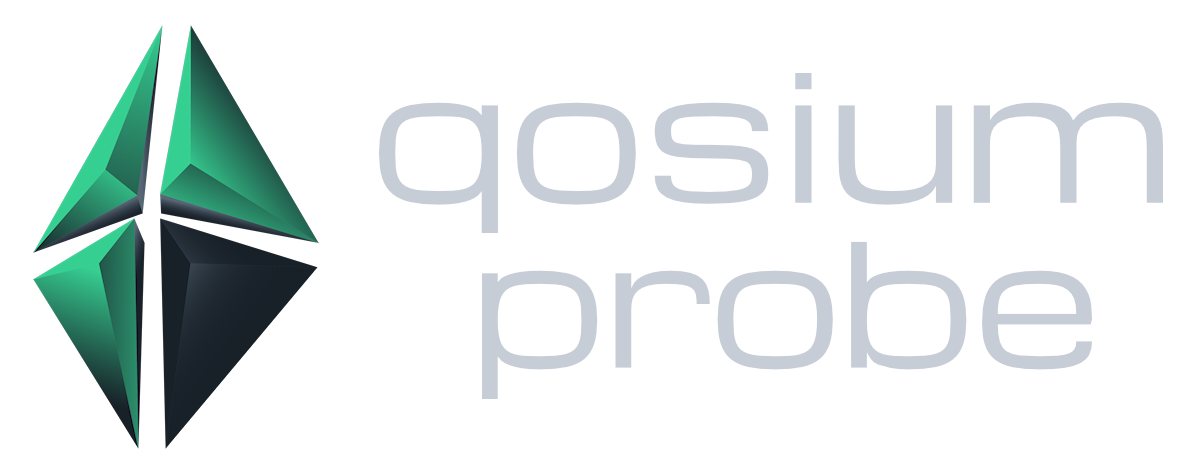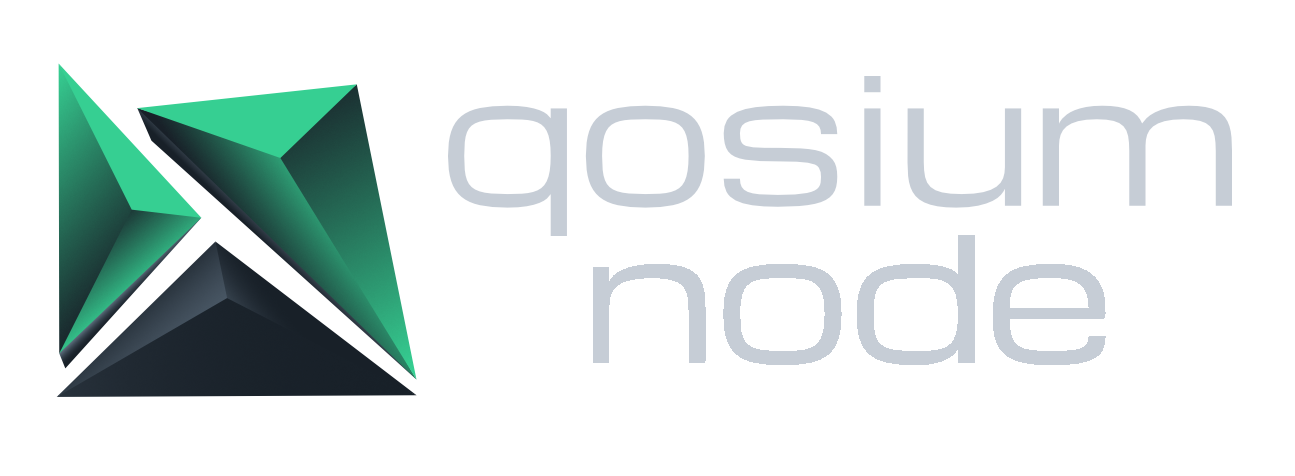The Visual Tool for Network QoS
Qosium helps network administrators understand and visualize network performance, which facilitates locating bottlenecks and problem areas in networks.
Qosium’s output can also be used to trigger, for example, different kinds of quality-driven alerts and actions. Network devices can be made more intelligent and end-user friendly. For example, in wireless mobility management, why rely only on signal strength criterion, which does not reflect application quality well, as the real application quality can also be made available.

















